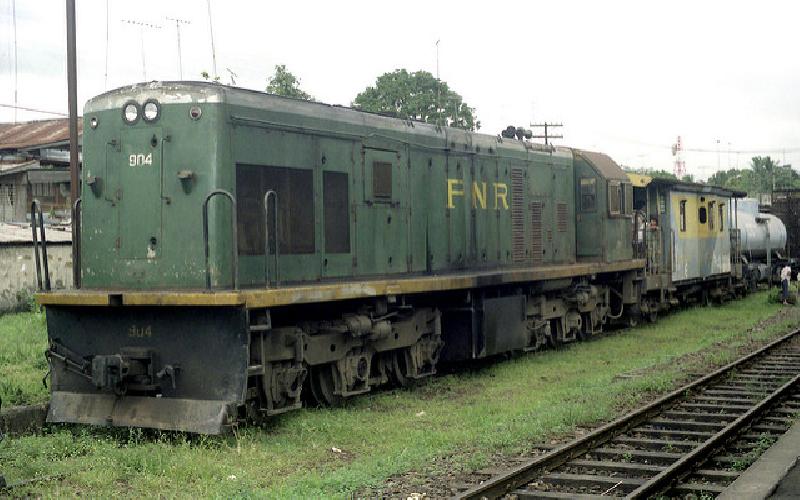Philippine National Railways and its history


Even in its current situation wherein the PNR is considered as not efficient form of transportation because of its old carriage and poor maintenance, it is still catering our Filipino masses in their day-to-day transport. This article briefly explains the history on how the Philippine National Railways had come to be.
Did you know that the first trip made by a train (in a long distance travel) of the Philippine National Railway (PNR) was between Manila bound to Dagupan, Pangasinan? And that the PNR was already in full operation even before the start of the revolution against the Spain on 1896.
On June of 1875, when King Alfonso XII of Spain had signed a Royal Decree commanding the Office of the Inspector of Public Works of the Philippines to submit a general plan and proposal to construct a railroad system in the whole region of Luzon.
Seven months after the said mandate was released, on February 1876, the Office of the Inspector of Public Works, headed by Don Eduardo Lopez Navarro submitted its general plan and proposal called “MemoriaSobre el Plan General de Ferro-Carilles en Isla de Luzon”. This plan aims to contruct a railroad system which stretches to the whole region of Luzon as mandated by the King of Spain.
But, the proposal tooks seven years for the feasibility study and another four years before it was approved and the actual construction of the railroad was begun. First, Navarro’s proposal was first studied by Antonio dela Camara which lasted until November of 1883. By January of 1887, Navarro’s proposal was finally approved through a Royal Decree from the King of Spain.
The project becomes a reality and was started on July of 1887. The project was given to a concessionaire, the Manila Railroad Company (MRRCo) under the leadership of Don Carlos Bertodano. The construction of the railroad started begun from Manila up to Dagupan, Pangasinan.
And on March of 1891, the first commercial operation of the train was opened to the public through its first route from Tutuban, Manila until Bagbag.
This route has a total distance of about 45 kilometers.
And a year after its first commercial travel, on November 24, 1892, the commercial operation of the railroad was completed until Dagupan having a total length of 195.4 kilometers. There had been more railroad construction to which the train had reached until the southern part of Luzon at Legazpi City in the Bicol region, while the northern route stretched up to Damortis, La Union.
The Philippine National Railways had been operating for more than 120 years. But today, only the southern route was still active in service while the northern route was completely demolished and only scraps of railroads can be observed. Also, the current government is continuously making some efforts to restore the glory days of one of the most important mean of transportation of the Filipino masses living in Manila.
If you are one among the many persons that travel to different places, you are no stranger to hotel rooms. Everything seems alright when you check into a hotel room.
The Middle East is often considered the most volatile region of the world today. Amidst all the discussions that surround its problems, few attempt to understand the historical legacies of this region that might be at the root of the violent discordance experienced there today.
The Kerala state in India is known for its diversity of arts and cultures. Below are some of the most popular arts from Kerala..